Filter by
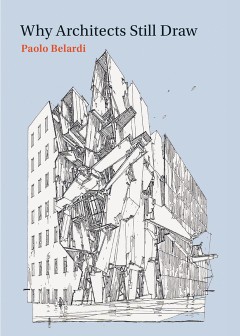
Why Architects Still Draw
An architect's defense of drawing as a way of thinking, even in an age of electronic media. Why would an architect reach for a pencil when drawing software and AutoCAD are a click away? Use a ruler when 3D-scanners and GPS devices are close at hand? In Why Architects Still Draw, Paolo Belardi offers an elegant and ardent defense of drawing by hand as a way of thinking. Belardi is no Luddite; h…
- Edition
- -
- ISBN/ISSN
- 9780262321426
- Collation
- -
- Series Title
- -
- Call Number
- -

Revolution, Reform and Regionalism in Southeast Asia
ABSTRACT Based on research carried out over the three decades, this book compares the post-war political economies of Cambodia, Laos and Vietnam in the context of their individual and collective impact on contemporary efforts at regional integration. The author highlights the different paths to reform taken by the three neighbours and the effect this has had on regional plans for economic deve…
- Edition
- -
- ISBN/ISSN
- 9780203099476
- Collation
- -
- Series Title
- -
- Call Number
- -

Destination London: The Expansion of the Visitor Economy
- Edition
- Ed. 1
- ISBN/ISSN
- -
- Collation
- -
- Series Title
- -
- Call Number
- -
- Edition
- Ed. 1
- ISBN/ISSN
- -
- Collation
- -
- Series Title
- -
- Call Number
- -

Urbanizing the Regional Sector to Strengthen Economy and Business to Recover …
This pandemic does not only affect health aspects but also economic aspects. The world today faces a recession resulting from the covid-19 pandemic. Indonesia's economy continues to lead to a recovery, although not very significant. The current government continues to make various recovery efforts. One of the flagship programs includes encouraging and strengthening support for social protection…
- Edition
- -
- ISBN/ISSN
- 9781003303336
- Collation
- -
- Series Title
- -
- Call Number
- -
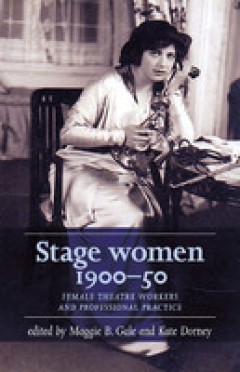
Stage women, 1900–50: Female theatre workers and professional practice
Stage women, 1900–50 explores the many ways in which women conceptualised, constructed and participated in networks of professional practice in the theatre and performance industries between 1900 and 1950. A timely volume full of original research, the book explores women’s complex negotiations of their agency over both their labour and public representation, and their use of personal and p…
- Edition
- Ed. 1
- ISBN/ISSN
- 9781526147271
- Collation
- 328
- Series Title
- -
- Call Number
- 792.01 GAL s
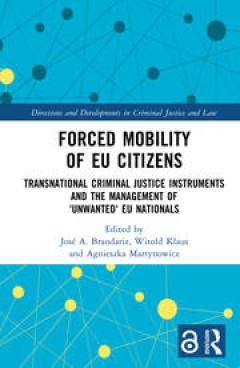
Forced Mobility of EU Citizens
ABSTRACT Forced Mobility of EU Citizens is a critical evaluation from an empirical perspective of existing practices of the use of transnational criminal justice instruments within the European Union. Such instruments include the European Arrest Warrant (EAW), prisoner transfer procedures and criminal law-related deportations. The voices and experiences of people transferred across internal…
- Edition
- -
- ISBN/ISSN
- 9781003254584
- Collation
- -
- Series Title
- -
- Call Number
- -

Bleak Houses: Disappointment and Failure in Architecture
Why some architects fail to realize their ideal buildings, and what architecture critics can learn from novelists. The usual history of architecture is a grand narrative of soaring monuments and heroic makers. But it is also a false narrative in many ways, rarely acknowledging the personal failures and disappointments of architects. In Bleak Houses, Timothy Brittain-Catlin investigates the und…
- Edition
- -
- ISBN/ISSN
- 9780262321242
- Collation
- -
- Series Title
- -
- Call Number
- -
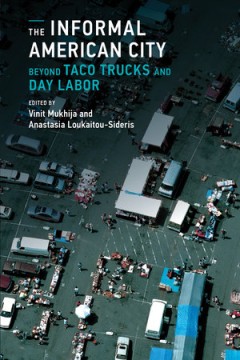
The Informal American City: Beyond Taco Trucks and Day Labor
An examination of informal urban activities—including street vending, garage sales, and unpermitted housing—that explores their complexity and addresses related planning and regulatory issues. Every day in American cities street vendors spread out their wares on sidewalks, food trucks serve lunch from the curb, and homeowners hold sales in their front yards—examples of the wide range of …
- Edition
- -
- ISBN/ISSN
- 9780262323413
- Collation
- -
- Series Title
- -
- Call Number
- -

Rail and the City: Shrinking Our Carbon Footprint While Reimagining Urban Space
An architect makes the case for rail transit as the critical infrastructure for a fluidly functioning and environmentally sustainable urban society. The United States has evolved into a nation of twenty densely populated megaregions. Yet despite the environmental advantages of urban density, urban sprawl and reliance on the private car still set the pattern for most new development. Cars guzzl…
- Edition
- -
- ISBN/ISSN
- 9780262325622
- Collation
- -
- Series Title
- -
- Call Number
- -
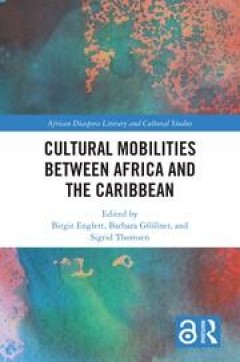
Cultural Mobilities Between Africa and the Caribbean
ABSTRACT This book investigates the cultural connections between Africa and the Caribbean, using the lens of Mobility Studies to tease out the shared experiences between these highly diverse parts of the world. Despite their heterogeneity in terms of cultures, languages, and political and economic histories, the connections between the African continent and the Caribbean are manifold, stret…
- Edition
- -
- ISBN/ISSN
- 9781003152248
- Collation
- -
- Series Title
- -
- Call Number
- -
 Computer Science, Information & General Works
Computer Science, Information & General Works  Philosophy & Psychology
Philosophy & Psychology  Religion
Religion  Social Sciences
Social Sciences  Language
Language  Pure Science
Pure Science  Applied Sciences
Applied Sciences  Art & Recreation
Art & Recreation  Literature
Literature  History & Geography
History & Geography